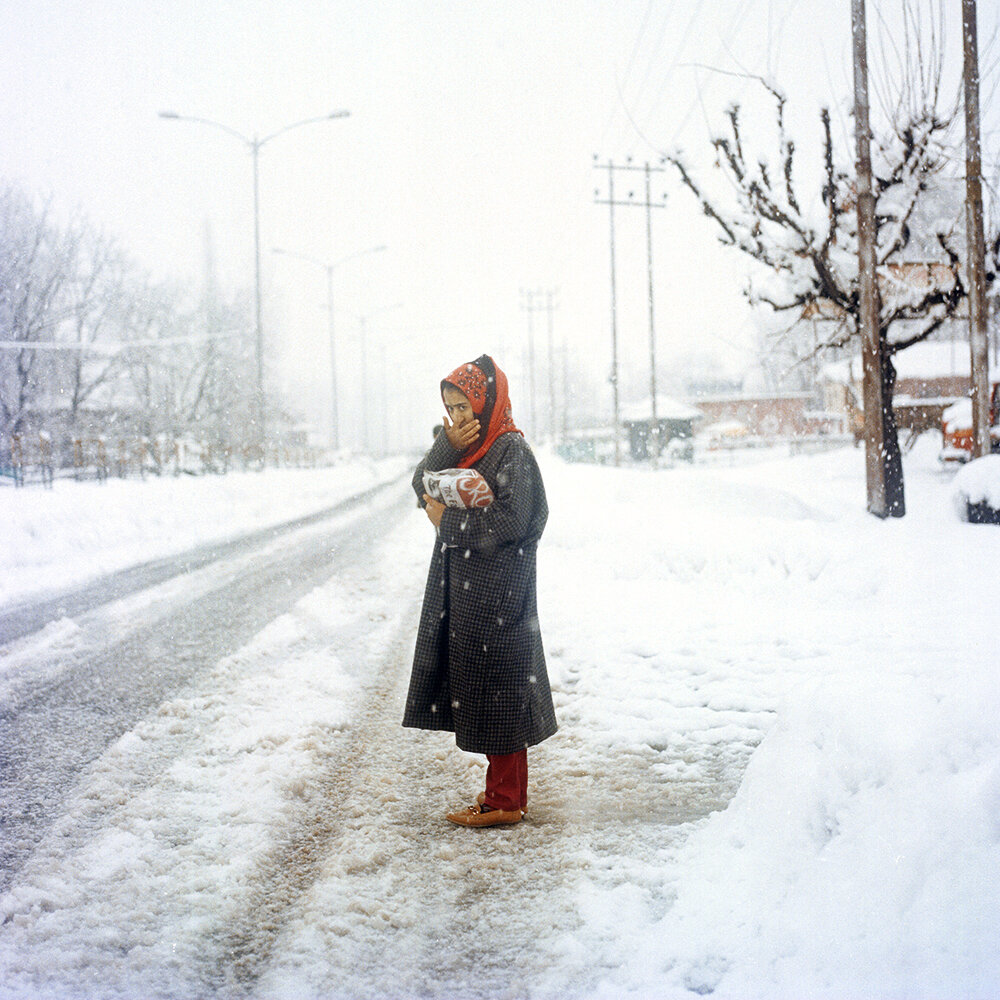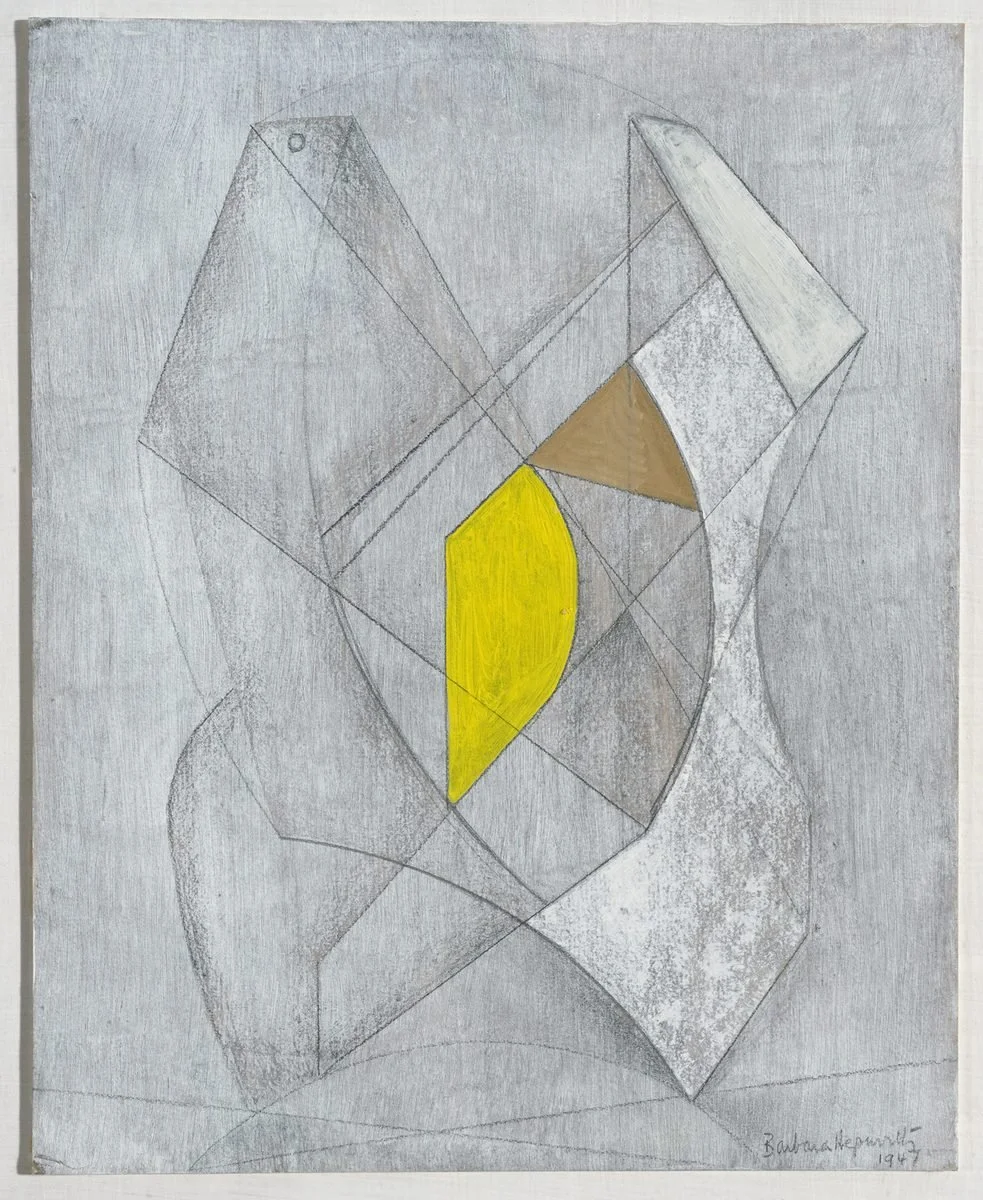HOMELANDS AT KETTLES YARD
Kettle’s Yard’s moving and meaningful must-see ‘Homelands’ exhibition is a brilliant exemplar of how art can succeed where the written word falters.
India Pakistan and Bangladesh feature in our minds as remote locations- this thoughtful and absorbing show brings them home as concerns for us and for our day. Reports of suffering and violence far away can seem remote from our everyday world. This gentle exhibition realizes the human quality of struggle and difficulty, and provides flashes of what life is like for the immigrant today. It ranges from the desolate experience of the Rohinga refugee camps - in their Burma homeland even the word is outlawed - to the traumatic post colonial borders of a 70 year old Partition and the anguish of dislocation of migrants’ arrival in a shock new place.
None of it is very far away at all.
In our General Election campaign, it appears one political party the BDP headed by Prime Minster of India Modi, is intent on convincing the British Hindu diaspora to vote Conservative. It privately messages them with condemnation of the Labour Party position on an independent Kashmir. Suddenly the goings-on these particular foreign fields are suddenly relevant to our lives in Britain. But then they always have been, we have just not known it.
Photographs of Kashmir by Sohrab Hura cover an entire wall of the Kettles’ Yard gallery. They tell the tale of that vast disputed land in dozens of moving images. It is snowy all the time in this vision of Kashmir: a man, badly injured lies in on a hilly path, two people doubled up with effort walk away from the camera burdened with great piles of sticks, the mountains stretch out in a picture postcard Alpine-style serenity. But the violence and bloodshed is never far away.
‘Snow’ Kashmir portrait by Sohrab Hura
In another gallery is Bani Abidi’s ‘ The News’; two television screens flicker. On both an attractive woman apparently reads the news. The two newscasters represent the conflict of cultures in India. One with a stylish light veil over the back of her hair speaks in the accent of the Arabic inflected Urdu of Muslims the other woman, with her delicate forehead marks and sari speaks Sanskritised Hindi. But it is a spoof - the two of them are actresses and their scripts become increasingly surreal as the broadcast continues.
Strangely, Jim Ede the original founder of Kettle’s Yard, found his way to Kashmir. Papers, diaries and posters from his archive tell the tale of his time there – in ‘the land of beauty and joy ‘ he explored. It followed a catastrophic time in the Flanders trenches that left him shattered by his wartime experience (although looking at his medical record you do wonder if he ever was remotely suited for military life – chest 35’).
Homelands is a stunning exhibition brought into life by Devika Singh a research fellow in South Asia studies. Yet there is nothing academic about her choices. The entire show is a revelation that goes to the heart of the immigrant’s experience. The exhibits are so different Shilpa Guptah shocks with her giant red bottle of Blame in a poster on the wall “BLAMING YOU MAKES ME FEEL SO GOOD’ it reads ‘So I blame you for what You Cannot Control, Your religion, your nationality’. Her installation of a fake but functioning digital arrivals and departures black illuminated box is mesmeric- and a surprising focus for contemplation. I am sure her ‘Song of the Ground’, two stones geared to clap together every few seconds, means to be just as complex - but I hated its intrusiveness. After ten minutes of this appalling noise in a gallery, which demanded attention to its many wonders, I could bear it no more and considered baffling it with my cardigan. Instead I left the gallery, a shame, as it was so full of promise.
The star of the show for me was the work of Desmond Lazaro. Born and brought up in Armley Leeds. His parents came there from Burma whence they had migrated from India in the mid 1800s
,’For me migration is a physical and spiritual phenomenon, one that defines much of my work’
Buckingham -captures a day out in London
And what work it is. Leaving Leeds, Desmond trained in ancient miniature art from the fourteenth century for an incredible fourteen years in Jaipur – yet his work is contemporary. He explains: ‘I delve into the mundane, the ordinary and everyday to find beauty’ hence his work features stories from immigrants to Cambridge from Chile, Bengal,Bangladesh and even Texas. In one, Memorial 1969, a beautiful tiny passport sized drawing, so realistic it could be a photograph, features his elegant mother and two children in London’s Hyde Park, on a trip the family took from Armley. Around it is a field of intensely wrought traditional Indian pattern its colours prepared in the timeless painstaking way learned by Desmond in his long apprenticeship in India.. Another ‘Chile 2019’ emerged from an interview he diwith the granddaughter of a man whose family fled from the murderous régime of General Pinochet. Cambridge opened its doors at that time, 1972 and hundreds of asylum seekers stayed in the houses of its residents - a scheme organized by Marcian Echenique the Professor of Architecture at Cambridge University – and Jeremy Corbyn M.P. Today still living in her Cambridge Council flat, this remarkable woman appears, another miniature, this time surrounded by exotic red- patterns.
Desmond Lazaro, now an international artist resident in Australia ( but still with that warm Leeds twang in the voice) explained how his parents suffered at their displacement ‘my father had a nervous breakdown’-much as the Chilean grandfather of Chile 2019 could not bear not hear Spanish in his daily life and fled to Lisbon to find peace and familiarity. In his intricate notebook each one these works is a small scale shrine to the courage of anyone who has moved country – one émigré from Texas left because of his horror of guns which might be trained on him as he lectured – and to anyone who has survived and adapted in a new land
“Political unheaval leads to persecution, forced migration, then readjustment, reconciliation and eventual forgiveness.
This remarkable bold exhibition so far from simple concern for a far-off colonized continent, provokes us to ask questions about our own identity and the forces that made us who and where we are now.










